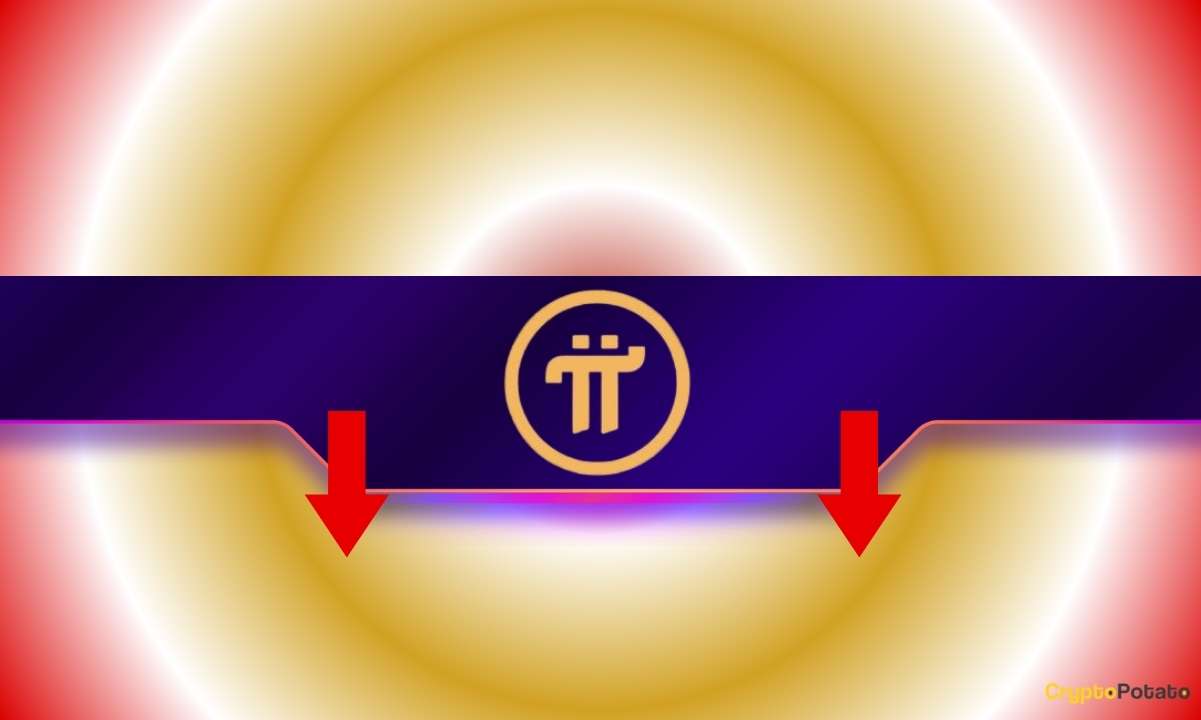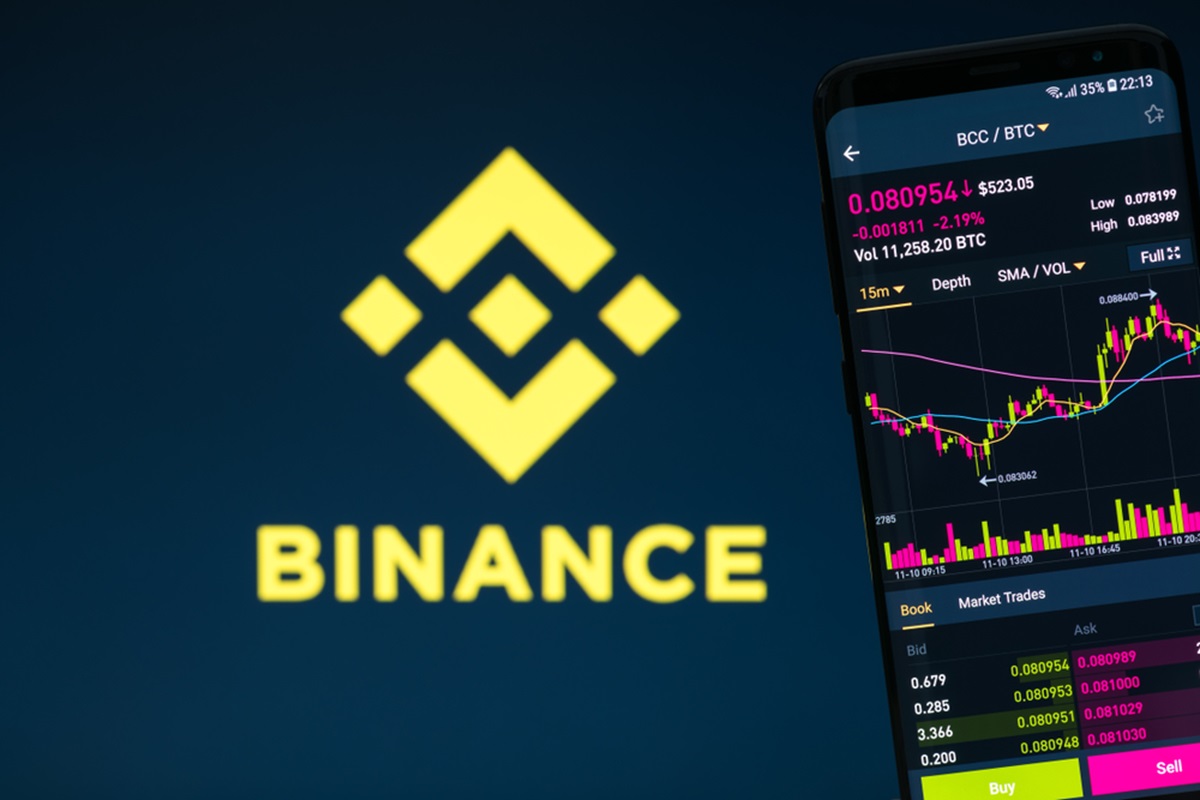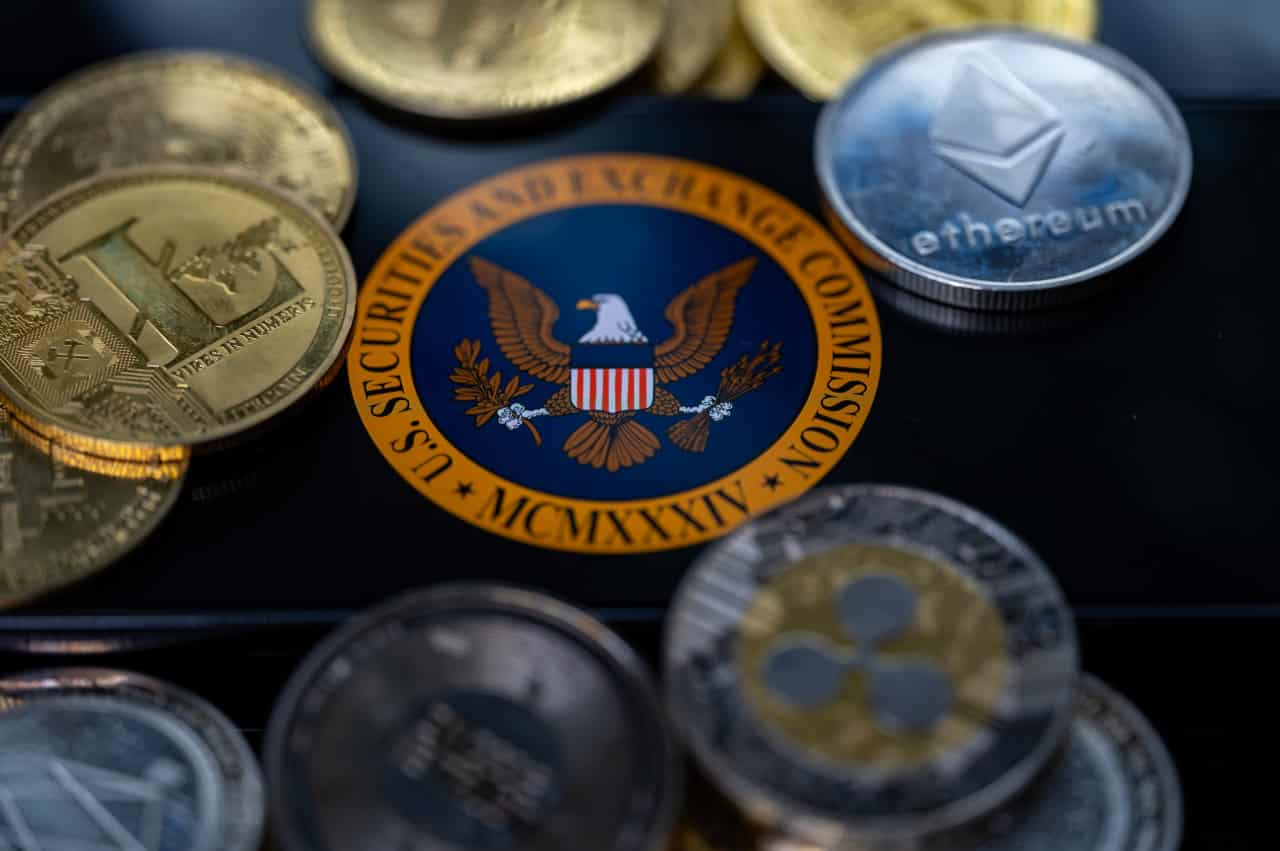
Summary 2024 was optimistic for cryptocurrencies, but 2025 is crucial for projects to prove real innovation and capture capital and attention. Ethereum Classic continues to struggle with declining network activity, including daily active addresses, transactions, and transacted value. ETC`s fixed supply and low transaction fees pose long-term mining incentive problems, making its future prospects discouraging. Grayscale Ethereum Classic Trust trades at a deep discount, but shareholders have no mechanism for redeeming ETC held by the fund. In many ways, 2024 was a year of optimism for cryptocurrencies. By the second half of the year, it became clear that regime change in the United States was looking more likely and digital assets figured to be beneficiaries of a fresh approach to regulations in Washington, DC. But if 2024 was about `hopes and feels,` I suspect 2025 will be closer to a `put up or shut up` year. Which is to say, projects, platforms, and tokenized financial products that offer the world legitimate innovation likely need to start taking a share of capital and attention from the ones that don`t. Smart contract blockchains can theoretically help bring about that innovation and one such chain that I`ve covered in the past is Ethereum Classic ( ETC-USD ) . From a philosophical standpoint, readers will get no argument from me that the `code is law` ethos of ETC is consistent with the ideals held by cypherpunks back in the 1990s. The problem that I`ve had with ETC for some time is that it is largely a ghost-town of a blockchain network, and I`ve expressed this through my coverage of the Grayscale Ethereum Classic Trust ( ETCG ) and a handful of times. In this article, we`ll look at updated network metrics for Ethereum Classic as well as why I still don`t think ETCG is worth a long-term investment even at a significant discount to Net Asset Value. Ethereum Classic Network Activity Continues to Fall When looking at networks like Ethereum Classic, I primarily focus on these key metrics; users (daily active addresses), transactions, transacted value, and fees paid to the network`s validators. Together, these give us a bird`s-eye view of how well a network is growing in usage and whether stakers/miners have a strong incentive to participate. Ethereum Classic`s story here has typically been poor and that remains the case today. 30 Day Average DAAs ( Coin Metrics ) Ethereum Classic`s daily active users have fallen by 12% year to date and 35% over the last year. Perhaps more concerning, the starting point for this chain in our twelve-month measurement was just 17.5k DAAs. This is not indicative of a large user base and at just 11.3k DAAs on average at the end of March, ETC usage is at the lowest level it has been in four full years. 30 Day Average Tx ( Coin Metrics ) It`s generally the same story for transactions where at 25k per day, usage is down 32% over the last year and is again near levels not seen since 2021. 30 Day Average Transferred Value ( Coin Metrics ) Dollar-denominated transferred value of $11.2 million per day at the end of March was down 80% from the same time in 2024. You can see in the chart above that this metric has times of big spikes higher and then typically reverses back down to the $10 million range and lower. I could show you the chart for fees but the daily take for miners from fees is generally three figures or less for the entire network. This is not a blockchain that is driven by fees for transactions; 99.9% of miner revenue comes from supply issuance rather than user payments. Like Bitcoin ( BTC-USD ), this will have a shelf-life because unlike Ethereum ( ETH-USD ), ETC has a fixed supply of 210.7 million coins - of which 71.9% are currently in the circulating supply. While there is certainly some token issuance runway remaining for the miners that still secure Ethereum Classic, the clock is ticking to find a product-market fit with users. Ethereum Classic Coin/Chain Rank Value Market Capitalization 37 $2.4 billion Total Value Locked 219 $298,388 Stablecoin Supply 118 $71,397 Sources: DeFi Llama, CoinMarketCap - as of 4/5/25 At a $2.4 billion coin market capitalization and less than $300k in total value locked, ETC trades at an 8,083 MC/TVL ratio. ETH trades at a 4.3 MC/TVL ratio. For a smart contract blockchain, I think it`s safe to call ETC incredibly overvalued. Grayscale Ethereum Classic Trust Perhaps to no real surprise, given the lack of usage of the underlying network, the price performance of ETC has been driven largely by hype cycles in the broader digital asset market. Interestingly, the ETCG price has held up better than ETC over the last 3 years - though it is still down over 55% in 36 months: Data by YCharts The key variable here is that the fund continues to trade with an enormous 47% discount to net asset value. This discount has certainly been worse through the years. During the `Crypto Winter` of 2022, the NAV discount rate briefly bottomed out at 77% on December 29th, 2022: Data by YCharts Traders lucky enough to buy that NAV rate low during the second to last market session of 2022 did indeed see returns as high as 300-400% between 2023 and 2024. But it`s important to remember there really wasn`t anything in the fundamental network data that justified such returns. Countertrend rallies can be strong when sentiment gets as bad as it was at the end of 2022. Sentiment in the market is indeed pessimistic once again with a Crypto Fear & Greed index that closed at 28 on Friday, April 4th: ETCG Daily Chart (TrendSpider) Furthermore, RSI-14 is also in oversold territory technically. However, there are additional points to consider before jumping into a prospective contrarian trade in ETCG. Grayscale`s share of the total ETC coin supply is higher than what the company typically holds through similar funds. We can see this clearly when we compare ETCG to the Grayscale Litecoin Trust ( OTCQX:LTCN ) and the Grayscale Bitcoin Cash Trust ( OTCQX:BCHG ): Fund Data ETCG LTCN BCHG Grayscale Coin Holdings 11,191,338 2,030,972 390,871 Total Coin Supply 151,403,828 75,558,468 19,851,934 Grayscale Share of Supply 7.39% 2.69% 1.97% AUM $181m $171.3m $116.9m Sources: Grayscale, CoinMarketCap Grayscale is holding 11.2 million ETC tokens. That amounts to 7.4% of the total coin supply for ETC. Grayscale`s share of Litecoin ( LTC-USD ) and Bitcoin Cash ( BCH-USD ) are considerably smaller even though the funds themselves are similarly sized by assets under management. Essentially, Grayscale is arguably a larger than normal influence over the direction of ETC since it has essentially locked 7.4% of the token supply. As a closed end fund, ETCG shareholders have no redemption mechanism when the NAV rate gets as low as it is now. A 47% discount might be too low. But remember, a 47% NAV rate discount can always go lower. Closing Summary Like many of the competing L1 blockchains in the market, Ethereum Classic has been experiencing declines in usage over the last several years. We can see this through raw numbers like daily addresses, transactions, as well as transferred value on the network. Unless ETC benefits from a significant turnaround in interest from the market for the blockchain network, Ethereum Classic has a long-term mining incentive problem because token supply is fixed and revenue paid to miners will eventually run out without fees paid by users. In my view, the long-term prospects for ETC are not encouraging. I suspect this is why even when other single-asset crypto funds managed by Grayscale traded at large premiums during 2024, ETCG continued to trade at a deep discount. Grayscale holds a large portion of the total ETCG supply. One could argue the fund itself is actually one of the reasons why the price of ETC hasn`t fallen even further than it already has. I`ll reiterate that I believe ETCG is a long-term sell even at a 47% discount to NAV. You could probably entertain a contrarian swing trade in the fund with a shorter term bias. But the reality is that ETC is a currency that lives on a chain with almost no usage.
Seeking Alpha
You can visit the page to read the article.
Source: Seeking Alpha
Disclaimer: The opinion expressed here is not investment advice – it is provided for informational purposes only. It does not necessarily reflect the opinion of BitMaden. Every investment and all trading involves risk, so you should always perform your own research prior to making decisions. We do not recommend investing money you cannot afford to lose.
Crypto market wipes $300 billion over the weekend

Bitcoin ( BTC ) was noted in the immediate aftermath of President Donald Trump’s Liberation Day tariff announcement for trading separately from most other risk assets. Specifically, unlike U.S. – and foreign – stocks , BTC held relatively steady on Friday and Saturday, promising to retain its critical support levels at approximately $82,000. A similar phenomenon was seen in the entire cryptocurrency market . Despite the overall market capitalization plunge amounting to $400 billion from $2.75 trillion at the tariffs’ announcement to $2.35 trillion at press time, the bulk of the erasure occurred in two brief crashes. First, the total valuation of digital assets dropped by about $150 billion between Thursday, April 3, and Friday, April 4. It then held steady over most of the weekend, only to accelerate on its downward trajectory on Sunday. Ultimately, the biggest collapse occurred between the afternoon of April 6 and the early hours of Monday, April 7, as cryptocurrencies wiped out nearly $300 billion in less than 24 hours, having fallen from relative stability near $2.63 trillion to $2.35 trillion at press time, according to data retrieved by Finbold from TradingView on the day. Total cryptocurrency market capitalization one-week chart. Source: TradingView Bitcoin leads the crypto tariff crash Bitcoin seemingly spearheaded this fall as it crashed under $80,000 for the first time in months. By press time on Monday, BTC was changing hands at $75,383 after a 9.67% daily drop. BTC price one-week chart. Source: Finbold The entirety of the collapse can be most elegantly seen as the continuation of digital assets’ increased correlation with other risk assets like stocks. The latest plunge has been a part of the reaction to President Trump’s latest round of tariffs, and the expectation this week will see dozens of countries impose their own retaliatory dues. Crypto’s correlation with stocks Such correlation for digital assets has been observable since at least the summer of 2024 when BTC led a fall as the yen carry trade was unwinding and was reinforced by multiple other external calamities in subsequent months, including the DeepSeek-driven tech sell-off, and early tariff announcements. It is possible that at least some of the growing similarities between stocks and cryptocurrencies can be linked to the approval of spot Bitcoin and Ethereum ( ETH ) exchange-traded funds ( ETFs ), as their approval introduced numerous traditional investors to blockchain assets. Featured image via Shutterstock The post Crypto market wipes $300 billion over the weekend appeared first on Finbold . Seeking Alpha

XRP erases $20 billion in a day amid SEC silence
XRP has lost more than $20 billion in market capitalization in the past 24 hours, per data retrieved by Finbold from CoinMarketCap . To be more precise, the token has seen its market cap drop from $121.81 billion on April 6 down to $100.28 billion by press time on Monday, April 7. XRP market cap chart. Source: CoinMarketCap What’s more, the XRP market cap drop happened on a strong surge in trading volume, which almost quadrupled, having increased from $2.26 billion to $9.6 billion in the same timeframe. All the while, the Securities and Exchange Commission is remaining oddly silent regarding the final resolution of the Ripple v. SEC case. Although not a clear-cut bearish signal, it’s notable that in previous instances, the commission officially dropped cases soon after similar announcements — something that has yet to materialize in XRP’s case. The losses might not stop there, either — the wider cryptocurrency market has lost $300 billion over the course of the weekend, and XRP’s network activity collapsed by as much as 65%, according to on-chain data. XRP price action and technical analysis By press time on April 7, XRP was changing hands at a price of $1.78, with a 14.96% drop on the daily chart which has brought year-to-date (YTD) losses up 14.21%. XRP price 1-day and year-to-date (YTD) charts. Source: Finbold The asset’s prior outperformance makes it a prime target for a sharp correction in the present. Although it hasn’t marked a greater loss than Bitcoin ( BTC ), which is currently in the red for 18.28%, XRP is currently down more than the S&P 500 , which has lost 13.54%, on a year-to-date (YTD) basis. Technical analysis also paints a rather grim picture. With the move below $2, price action could have confirmed a head and shoulders pattern shared by chart researcher Ali Martinez in an April 4 X post . If the pattern is legitimate, it could herald a drop to levels as low as $1.30 for the token. Featured image via Shutterstock The post XRP erases $20 billion in a day amid SEC silence appeared first on Finbold . Seeking Alpha











